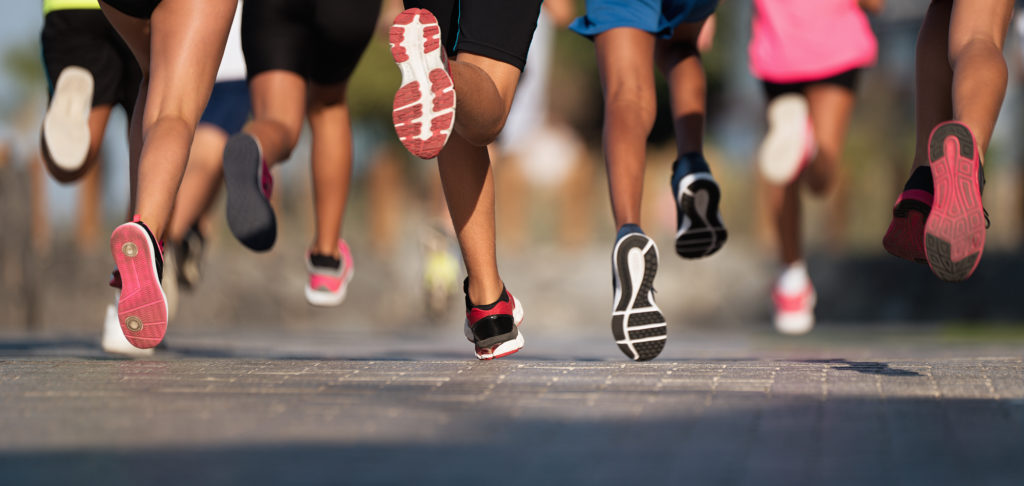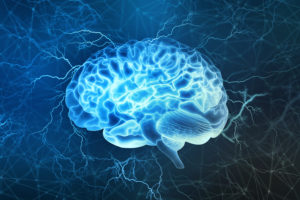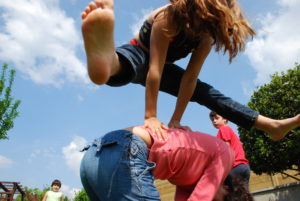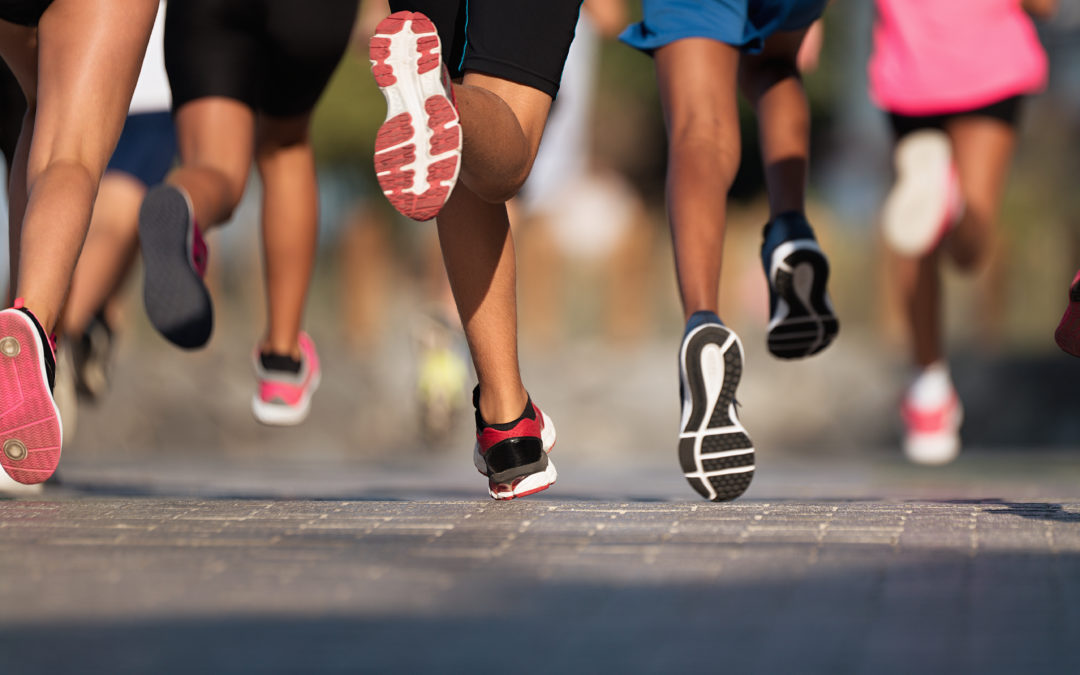
Speed is the currency of success in most sports, even during the early years before sport skill is developed. This has led parents and coaches of young athletes to embark on a constant quest for gimmicks, gadgets, and gurus that could prove a shortcut for creating this athletic superpower.
The above-mentioned quest now ventures early into childhood. It is not uncommon for parents to spend time and money for their kids to work with a speed coach during the dawn of their grade school years.
Do kids actually benefit from “speed” training before puberty? Or is it merely another example of overzealous coaches and parents trading the care-free spirit of early sports participation for the impossible or unlikely possibility of creating a little super-athlete?
To provide the best answer to the question proposed in this article, it is important to understand some early motor development concepts as they relate to the modern youth sports and physical activity environment. It is also important to understand that while every child can get faster, genetics is the ultimate determinate of becoming the fastest.
Early Motor Development
Prior to puberty, children’s brains and bodies are in an early phase of construction.
The regions of the brain responsible for motor coordination are on a developmental fast-track from about 6-12 years old, so these are important years for kids to learn and practice proper  movement skills. These skills go through phases of maturation. 2-3 year-olds are capable of the first attempts at intentional movement during the “Primary” Stage of motor development. With the right guidance and engaging environment, 3-5 year-olds can start displaying more coordinated, recognizable movement patterns during the “Elementary” Stage of motor coordination. However, they will lack fluidity and may appear awkward.
movement skills. These skills go through phases of maturation. 2-3 year-olds are capable of the first attempts at intentional movement during the “Primary” Stage of motor development. With the right guidance and engaging environment, 3-5 year-olds can start displaying more coordinated, recognizable movement patterns during the “Elementary” Stage of motor coordination. However, they will lack fluidity and may appear awkward.
Here is where it gets interesting.
Without guidance (PE, coaching) and/or lots of practice (play, multiple sports) kids will stay in this phase of motor coordination for life. They can approximate a movement, but it will always be a cumbersome activity.
The final “Mature” Stage of motor development requires guidance and practice. Kids brains and bodies are “hooked up” pretty well by the age of 6 and by the time they are 7 or 8, their nervous system has drastically increased its efficiency through a process called myelination. Kids in this age range are capable of displaying smooth, coordinated “mature” movement patterns. This is assuming they have had guidance and practice.
 Before this science can be interpreted as “my 5 year-old needs a speed coach,” consider that play is the most powerful developer of athleticism during these early years. In order to have the brain-body connections to gain a benefit from coaching, kids need to move enthusiastically, a lot of different ways, and they have to do it a lot.
Before this science can be interpreted as “my 5 year-old needs a speed coach,” consider that play is the most powerful developer of athleticism during these early years. In order to have the brain-body connections to gain a benefit from coaching, kids need to move enthusiastically, a lot of different ways, and they have to do it a lot.
That being said, proper guidance through this process with a PE teacher or a Movement Coach can be valuable even at very young ages. Considering most children are inactive outside of sports and there is very little PE in schools, programs at clubs and gyms may act as a child’s only introduction to movement training. However, these programs should resemble more of a physical education environment than a sports performance camp.
While it is important to introduce and practice proper movement technique during these early years, remember how “raw” their system is. Spending time teaching young children to crawl, roll, and perform other basic movements is a worth-while investment of time and energy when future speed capability is the goal.
The above is true, regardless of the sport a child currently enjoys. It would be foolish to honor an 8-year-old’s desire to become an astronaut by cutting out non-astronaut related courses from their academic experience. The same works within the context of sports. Coaches and parents should honor a young athlete’s current aspirations in their sport with a “long-term reality” grain of salt and still look at the whole developmental picture.
Early Response to Training
An important component of speed is the ability to increase muscle force and power. Adults and puberty age children increase this through training their power-producing, glycogen-using, anaerobic system. Challenging these mature athletes’ anaerobic system during training increases muscle force and size, while even converting a greater proportion of muscle to the “Type 2” or “fast twitch” fibers that create a lot of force in a little bit of time (speed!).
Prior to puberty, children’s anaerobic system is inefficient. They have a large proportion of Type 1 “slow twitch” muscle fibers that like to use the aerobic fat- burning system for fuel. This doesn’t really change dramatically until puberty. Additionally, this age of children lack the anabolic hormone profile necessary to increase muscle size from training.
It appears that prior to puberty, children’s improvements during high-force activities (like moving faster) are primarily due to improved motor coordination. In other words, they learn how to do a skill correctly, enthusiastically practice it over and over, and then they get better at it.
Snake-oil gadgets, gimmicks, and gurus play on everyone’s lack of patience. It could take years, even more than a decade for a child to mature into their true speed potential. Maturation is a slow, sometimes grueling process. If you want your child to improve their speed and performance for the soccer tournament in a few weeks, keep doing proper movement drills in a fun, engaging training atmosphere then invite a relative the child really likes to the tournament. Their increased excitement and desire to “show off” will do more for their performance than strapping them to the “Speed-Matic 5,000” for two weeks. They will still learn the right stuff, have a more positive experience, and will be enthusiastic about doing it again.
Strength
Strength-to-weight ratio is how strong a child is compared to their bodyweight. A child with a large proportion of strength for their bodyweight is going to have an easier time moving. When movement becomes easier, it gets faster. If young children want to get faster, they need to get stronger.
 As mentioned above, young children’s improvements in high force activities are primarily due to improved coordination. Strength, a high-force component of speed, develops the same way.
As mentioned above, young children’s improvements in high force activities are primarily due to improved coordination. Strength, a high-force component of speed, develops the same way.
Many coaches and parents become fixated on “fast” activities when it comes to developing speed in kids. However, weak, unstable muscles with a limited range of motion provide a poor foundation for fast movement.
Aside from locomotion skills, kids should be introduced to squats, lunges, pushes, pulls, and other stationary movement control activities in order to improve their strength-to-weight ratio. These don’t have to (and shouldn’t) be performed fast! As a matter of fact, isometrics are a great way to introduce strength-based movements. These activities are powerful building blocks for the process of creating long-term speed and performance.
Considering children’s lack of general activity and physical education, an educated, experienced, enthusiastic youth movement coach who understands all of the above can be helpful in developing long term athletic potential. However, patience and a constant eye on the “big picture” is a must. Everyone involved with a youngster’s development must be consistent, perennially positive, and patient.
Brett Klika CEO and co-founder of SPIDERfit is an international award- winning certified strength and conditioning coach, author, and motivational speaker with over 20 years experience motivating and inspiring youngsters to a life of health, fitness, and performance.
Brett consults with schools, athletic organizations, fitness professionals, and fortune 500 companies around the world.





Brett, I love all of your content! This is another great article on the science behind why kids are not just mini adults. We shouldn’t train them that way.
Thank you Kristen!
Great article Brett. At what age do you classify puberty(boys gilrs)?
Thank you
Thank you George, In regards to puberty, individually it’s not so much an age determination as it is actual observed progress into puberty. “Puberty age” from a general standpoint is roughly about 12-13 (onset) for boys and slightly younger 11-13 (onset) for girls. However, when it comes to programming, it’s important to actual determine each child’s actual developmental curve in order to create safe and effective programs.
Thank you Craig,how can we determine each child’s actual developmental curve?
Kind regards
Can anybody help regarding my last question please?
Hello George, in regard to their developmental curve, you will start to observe the pubertal transition. Rapid increases in height, body mass, etc. From a movement standpoint, you may start to observe changes in range of motion, strength, power, speed, and/or other factors of performance at a much higher rate that usual, or in comparison to other kids. Hope that helps!